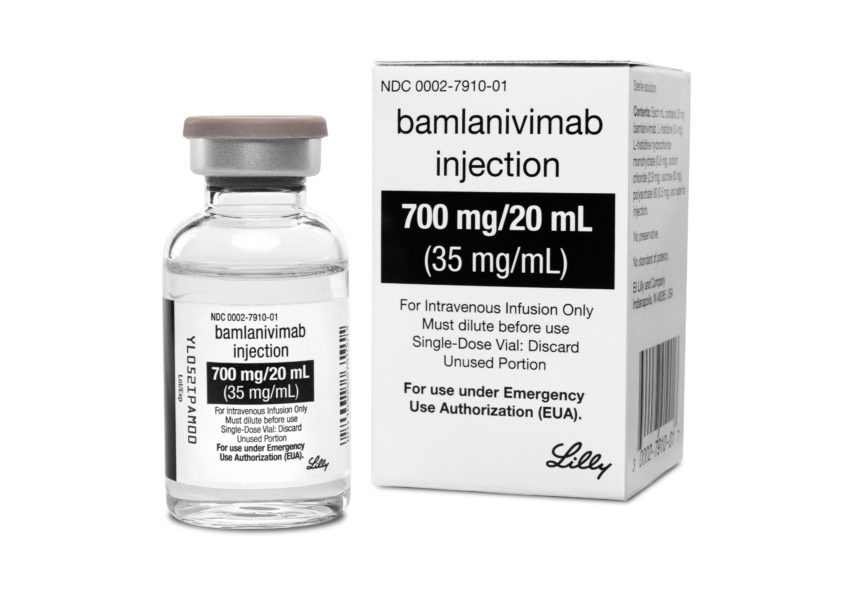
A COVID-19 antibody therapy was able to drastically reduce the risk of nursing home residents contracting COVID-19, according to new study results released Thursday by drugmaker Eli Lilly.
The findings showed that residents given bamlanivimab saw their risk of getting the disease drop by up to 80% compared to those who received a placebo. The investigation included more than 1,000 residents and staff at long-term care facilities, including nursing homes. All participants received either 4,200 mg of bamlanivimab or the placebo drug.
Researchers said the results support using the antibody therapy treatment at nursing homes, which have accounted for nearly 40% of all COVID-related deaths in the United States.
“These data provide important additional clinical evidence regarding the use of bamlanivimab to fight COVID-19 and strengthen our conviction that monoclonal antibodies such as bamlanivimab can play a critical role in turning the tide of this pandemic,” Daniel Skovronsky, M.D., Ph.D., Lilly’s chief scientific officer and president of Lilly Research Laboratories, said in a statement.
The Food and Drug Administration in mid-November approved an Emergency Use Authorization for bamlanivimab, or BAM, to treat mild to moderate COVID-19 in adults and pediatric patients who are at high risk of the severe COVID-19 and/or hospitalization.
The Centers for Medicare & Medicaid Services soon after announced that Medicare would cover monoclonal antibody therapy for COVID-19 treatments, and that coverage would extend to beneficiaries in nursing homes at no cost during the public health emergency.
“The antiviral activity seen with bamlanivimab treatment emphasizes the importance of early intervention to help counter the devastating impact the virus has had in this vulnerable population and other high-risk patients,” added Myron S. Cohen, M.D., co-principal investigator.
The Department of Health and Human Services recently started promoting bamlanivimab for COVID patients in non-hospital settings with priority populations, including nursing homes and assisted living facilities served by long-term care pharmacies.
Source: McKnight’s
